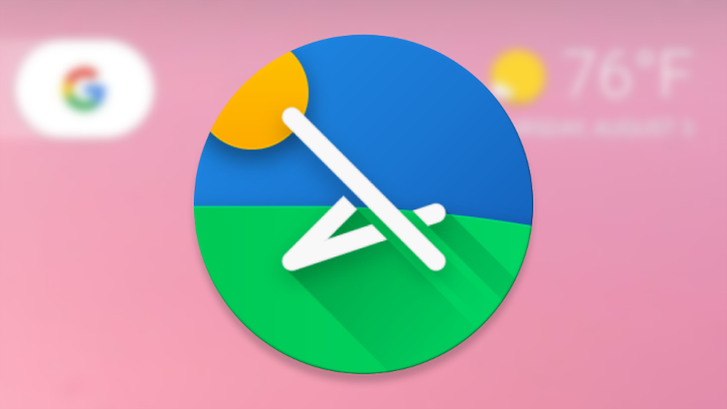Flagship Android phones are marvels of hardware engineering, but the moment my thumb swipes across the Google Pixel’s home screen, a familiar feeling of jealousy hits.
The Pixel experience is where every animation, widget, and menu feels like it was designed by one team with a single, clear vision.
But that experience is a golden cage, locked exclusively to Google’s hardware. For those of us who prefer hardware from other manufacturers, we’re left looking in from the outside.
This dilemma prompted my search for a way to replicate the Pixel experience on my device, and I believe I have found a solution.
Breaking down the three pillars of the Pixel launcher
The Pixel Launcher has three key features. The first is visual consistency across the user interface. Material You and Google’s design language create this consistency.
When the wallpaper is changed, the system analyzes the image, extracts a dominant color, and generates five tonal palettes. The system then applies these colors to all interface elements.
The second pillar is simplicity. Unlike heavily customizable launchers, Pixel Launcher emphasizes minimalism, keeping the interface uncluttered and easy to use, although not everyone likes this approach.
The third pillar is fluidity. The Pixel Launcher’s animations are smooth and set a gold standard. That said, the Pixel Launcher has limitations.
Unlike launchers from Samsung, OnePlus, or third-party options like Nova Launcher, customization options are minimal.
You can’t freely adjust grid sizes or tweak gestures beyond what Google provides. Even basic features, such as hiding apps or customizing the dock, require workarounds.
An open source project that brings the Pixel experience to everyone
In my search, I discovered Lawnchair. The name is a pun on launcher, and its mission is to be a supercharged version of the Pixel Launcher.
Lawnchair is an open source project built on Launcher3, the same AOSP foundation as Google’s launcher.
The developers’ philosophy is simple. Use the Pixel Launcher’s foundation, integrate its exclusive features, and restore the customization options Google removed.
It met all of my established criteria. Lawnchair implements Material You, adapting its colors to match the wallpaper and system theme.
It even has a recreation of the At a Glance widget that supports the Smartspacer add-on, which adds more stuff than the original widget.
Despite adding more customization options, Lawnchair maintains a clean and intuitive interface. You get control over grid sizes, gestures, and app visibility without the clutter of more feature-heavy launchers.
Finally, because Lawnchair shares its codebase with the Pixel Launcher, its animations are fluid.
While Android’s limitations prevent a perfect replication on non-rooted phones, the result is smooth and closely resembles other big-name third-party launchers.
The Lawnchair features that Google left behind
My initial goal was met, and I had ported the Pixel experience. However, exploring Lawnchair’s settings revealed it was more than a clone.
Lawnchair builds on the Pixel Launcher’s foundation by addressing its key limitations. Pixel owners commonly complain about things Google doesn’t let them do.
A primary example is the inability to remove the permanent At a Glance and Search widgets. They occupy a significant amount of prime screen real estate.
With Lawnchair, a simple toggle lets you hide one or both, giving you full control of your layout again.
The Pixel Launcher also lacks support for icon packs, a long-standing Android customization feature.
Lawnchair offers universal icon pack support, allowing for extensive icon customization. It also has options for adjusting icon sizes and changing fonts, including the option to upload custom font files.
Grid layout is another area of improvement. Lawnchair offers user-defined grids on the home screen and in the app drawer, allowing for more efficient layouts.
Finally, Lawnchair restores organizational and privacy features that the Pixel Launcher lacks. It allows users to hide apps from the app drawer.
These aren’t niche. They are fundamental aspects of user control that Google has stripped away in its pursuit of Apple-like simplicity. Lawnchair simply gives them back.
The Pixel experience, perfected and unlocked for all
Lawnchair 15 achieves a remarkable parity with the Pixel experience, but it doesn’t stop there.
It then systematically dismantles the golden cage Google built, restoring the control and customization that defines the spirit of Android.
For any Android enthusiast with a non-Pixel phone who has ever felt that sting of software envy, the solution is here. Lawnchair 15 offers the best of both worlds.
It’s the Pixel experience, perfected, unlocked, and finally returned to the hands of the user where it always belonged.


